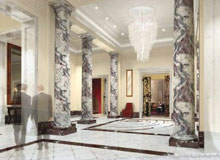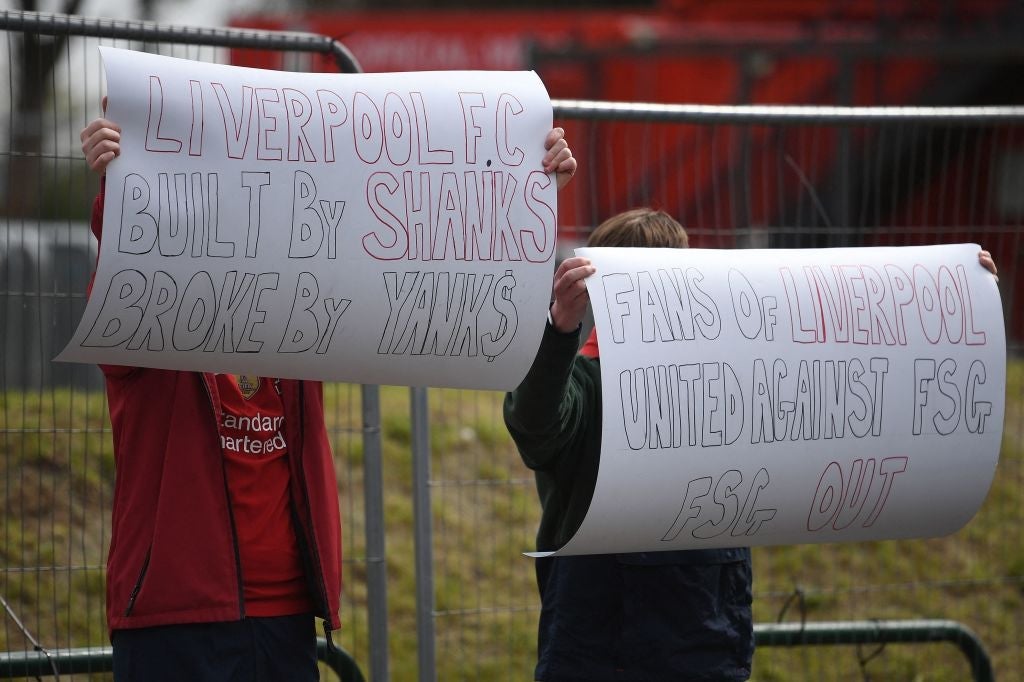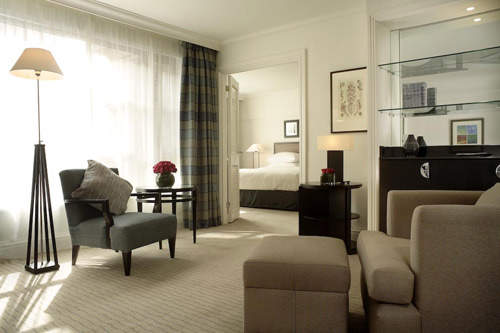
Among the many hotel refurbishment projects underway in London, one of the most compelling is at the Langham Hotel, which is attempting to reclaim its position as one of the most elegant and luxurious hotels in London.
Duncan Palmer, managing director of the Langham Hotel, London, says: “We are looking to reposition the hotel and get it back to its former glory as London’s first grand hotel. We are now putting the five-star grand-luxe finish to it now. It will be the flagship of our brand.”
DISTINGUISHED HISTORY
Opened in 1865 by the Prince of Wales, the property has a grand and colourful past. Over 140 years old, it has been refurbished and remodelled several times, including the £100m restoration in 1991 as the Langham Hilton, which brought back the traditional materials and finishes of its Victorian heyday.
Now, the property is set for its latest makeover, which aims not only to put it back among the elite hotels in London, but also to make it the cornerstone of a relatively new name in the luxury hotel market.
See Also:
Backed by leading Hong Kong property company the Great Eagle Group, which purchased the Langham Hilton in 1996, Langham Hotels International was established in 2003. Langham Hotels International manages luxury properties in Hong Kong, Melbourne, Auckland, London and Boston.
How well do you really know your competitors?
Access the most comprehensive Company Profiles on the market, powered by GlobalData. Save hours of research. Gain competitive edge.

Thank you!
Your download email will arrive shortly
Not ready to buy yet? Download a free sample
We are confident about the unique quality of our Company Profiles. However, we want you to make the most beneficial decision for your business, so we offer a free sample that you can download by submitting the below form
By GlobalDataThe Langham Hotel in London, renamed in 2004, extends the group’s portfolio to four continents, and will serve as the benchmark for the luxury brand. It will epitomise the brand with its blend of traditional elegance, innovative design and operation, and quality of service. To achieve this, the redesign must blend the hotel’s past, obvious in its architectural elements and decor, with the demands of the 21st-century guest.
“The brief was very specific,” observes Palmer. “The architecture needed to maintain its elegance and classic style, with the contemporary elements coming from the interior decorative finishes. We wanted a traditional feel in some areas, just as we wanted to retain the grandeur and Englishness of the rooms. We wanted a design with longevity, and classic design lasts longer.”
With his experience as general manager of the Sukhothai Hotel in Bangkok, plus stints at The Connaught and The Savoy, and time in Asia with the Mandarin Oriental Hotel Group, Palmer understands the level of quality the Langham needs to compete, and this is reflected in the choice of designer.
GRAND DESIGNS
The £50m project will eventually involve a complete refurbishment of the Langham, but the first phase of the project focused on the bar, followed by the restaurant in 2007. For this, Palmer engaged the David Collins Studio, which has an excellent reputation for luxury interiors on projects such as The Blue Bar at The Berkeley Hotel in Knightsbridge, The Wolseley in Piccadilly, Locanda Locatelli in Portman Square and Claridge’s Bar in Mayfair.
“I wasn’t necessarily looking to do another hotel bar. Duncan [Palmer] was very persuasive and the project really did look as if the rest of the hotel would be of the same standard as the bar. On previous occasions, when I have been asked to do bars for hotels and I think that there is not going to be a really committed room or public space refurbishment, I have tended to pass on it,” says David Collins.
The bar, renamed Artesian in reference to the underground well that once provided the hotel’s water, reopened in December 2006 with a styling that Collins calls “contemporary Orientalism”, and which he feels achieves a unique and iconic look.
“We’ve all got what we want, which is a comfortable, sexy room with a lot of volume and a certain exoticness about it. I think that to make something upscale and sexy you have to be able to create a bit of magic. The functional considerations and aesthetics and luxurious feel was a trade off between beautiful colours, longevity and practicality.”
The bar will be a key focal point of the hotel and will be open all day. Therefore, the design had to be flexible enough to reflect a different ambience according to its service needs. Collins’ solution was to prepare the broadest range of materials.
“My studio did a lot of research and I think it is fair to say that almost every material and fabric in the bar has been especially commissioned by us,” he says. In addition, the lighting is managed by sensitive controls that respond to the ambient light levels coming through the newly enlarged windows.
Decor in the Artesian dispenses with the traditional dark woods and sombre colours associated with bars, going instead for pale panelled walls, which Collins has given an aged look. These work as a backdrop for bold colours to accent focal points. Further emphasis is drawn to key architectural features by using classic materials such as bevelled glass, leather, embossed walls and ornate plaster mouldings, which provide texture and attract the eye.
The bar also sets the tone for the restaurant refurbishment, which will begin in 2007. Leather flooring in both, for instance, combines a contemporary look with durability. Both the bar and restaurant will benefit from a more structural project also scheduled for 2007, which will see the addition of a new entrance opening onto Portland Place. This will have a dramatic impact on access to the hotel, which will now feature more prominently on a vibrant street.
“Part of our original brief, and one that is going to be equally important in the new restaurant, is that Portland Place should be a point of access to both the bar and the restaurant” notes Collins. “It is a great location, it is very visible and I think that hotels in general really should try to obtain separate access for the bar and the restaurant where possible, as this has a certain cache.”
From the management’s point of view, Collins’ quality and reputation will in itself attract interest, which it is sure will be supported by the food, the service and the ambience of both the bar and restaurant. “We will have a David Collins corner,” says Palmer. “He has done many great bars and restaurants in London, and he always adds something unique in each piece he does. The bar will match the best hotel bars in London in terms of design and operational excellence.”
Subsequent work will include the opening out of three arches onto the lobby to create a more open, airy space, which will be maintained by the addition of a separate street entrance for conference and banqueting in the adjacent building, separating hotel guests from business users.
Ultimately, the hotel’s redesign aims to create a luxury feel with the use of tone- on-tone colours and rich textiles, such as leather and suede, traditional lines and broderie Anglaise, which will be echoed in the interior finish and staff uniforms.
PROGRESS AND PRACTICALITY
The pursuit of quality can be expensive, but a hotel refurbishment must make financial sense. A successful design delivers the necessary luxury while adhering to the budget. Both require creative thinking and commitment from both management and designers.
Collins says: “No one we work with likes to waste money unnecessarily and I think that all designs are subject to rigorous cost control – those dreaded words ‘value engineering’. When we have design meetings in our office, I keep stressing that imagination is the most valuable commodity we have. We need to put this towards thinking laterally on how to achieve things with a cost and timeline in mind.”
Progress so far augurs well for the remaining phases of the project, which will happen in quick succession over the next 18 months.
While the £25m refurbishment of the bar, restaurant and public areas is being completed, work will also commence on the £25m remodelling of the rooms and public spaces. New rooms will be added, including executive rooms, 45m² Langham rooms and 56m² Junior Suites, which will aim to capture the essence of the international brand and its aspirations for guests’ experiences.
When the room and lobby are finished in 2008, the new atmosphere will fully emerge, and the public can judge for itself whether the Langham has remade itself as London’s grand hotel.





